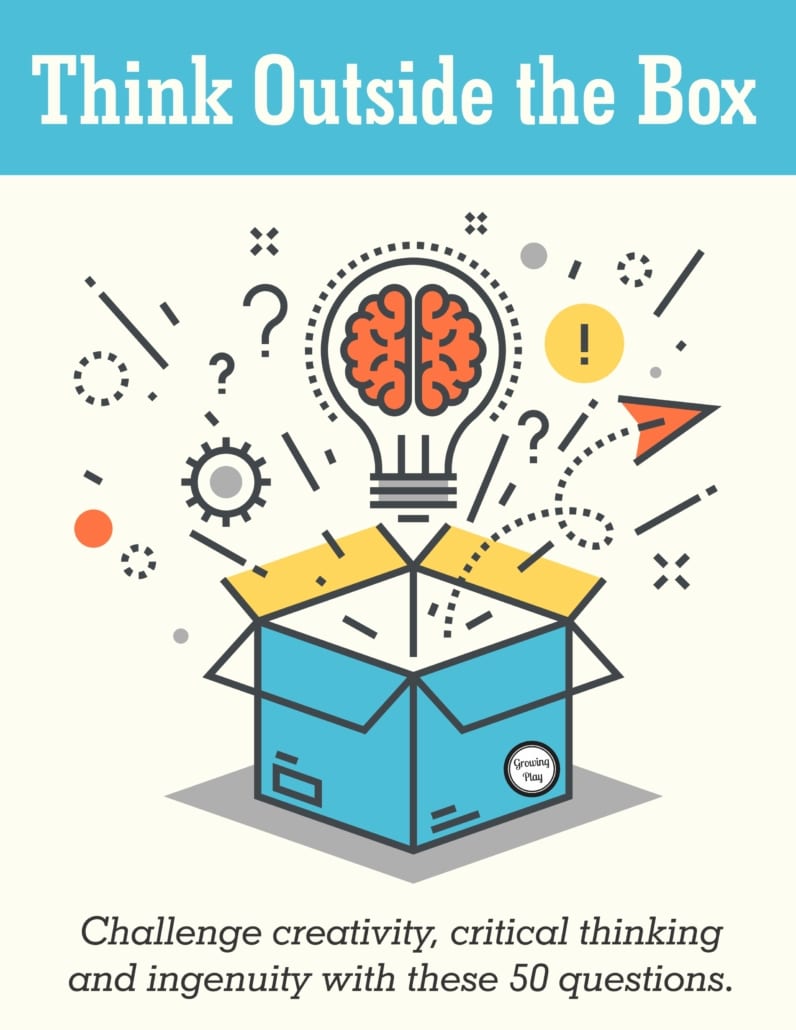Thinking Outside the Box: Creative Problem Solving Skills
Creative Businesses
As entrepreneurs, thinking outside the box is crucial for success. Whether starting a restaurant, event space, or other innovative business, creative problem solving skills are needed to stand out from the crowd. Let’s explore lateral thinking techniques and how to apply them. A workshop I attended taught the concept of eliminating obvious solutions to spark new ideas. The speaker gave an example of opening a restaurant without serving food. Attendees then brainstormed alternative ways to attract customers, like themed dining experiences, live music, or outdoor activities. Removing constraints enables fresh perspectives.

Reimagining Transportation
Another example challenged standard assumptions. A driver noticed decreasing speed limit signs but what comes after 10? The typical answers were eliminated—the solution was “Welcome to Speed Limit” town. Rethinking contexts prompts creativity. Transportation offers opportunities for divergent thinking. What if buses doubled as mobile classrooms or co-working spaces? Cars could become mini-offices, hotels, or entertainment venues. Reconfiguring vehicles expands their utility beyond point A to B commute.
Asking Curious Questions
Active curiosity fuels outside-the-box ideas. Instead of immediately proposing answers, ask open-ended questions to uncover new angles. What problems could this solve? How might users experience it differently? What unexpected benefits might arise? Inquiry reshapes problems into possibilities. Asking “Why?” multiple times deconstructs default reasoning. Why do we buy food from restaurants instead of cooking every meal? Convenience? Variety? Ambiance? Deeper questioning pierces assumptions for radical reimagining.
Combining Concepts
Nothing is truly original—we build upon existing building blocks. Mixing unconnected domains or mashing up different concepts generates fresh fusions. For example, blending education and entertainment produces edutainment. What if libraries offered full-service cafés or fitness studios hosted book clubs? Bridging industries in novel ways yields unexpected synergies. With openness and playfulness, any two things can inspire the next big thing.
Nurturing a Growth Mindset
Those most adept at thinking outside normal parameters approach problems and life itself with curiosity, not fear of failure. They view challenges as experiments rather than make-or-break endeavors. Failure informs progress, not defines it. With practice maintaining this learning orientation, curious problem finding replaces fearful problem solving. New perspectives feel exciting rather than daunting or unrealistic. An innovative mindset cultivates the flexibility needed for groundbreaking solutions.
Developing Ideation Skills
To consistently generate unordinary ideas, certain techniques can be developed. Regular idea sprints where quantity not quality is valued build creative muscles. Listing alternative uses, consequences, or customer experiences of an object exercises flexibility. Brainstorming without limits or criticism sparks wild, wacky, and wonderful proposals that may inspire others. Play is a hallmark of creative cognition—maintaining lightheartedness amidst serious challenges fosters divergent thinking. With practice, anyone can learn to think in a more imaginative, resourceful fashion.
Applying Lateral Thinking
Applying lateral thinking starts by closely examining core assumptions. What are standard definitions, user cases, or industry norms taken for granted that, when reconsidered, could unleash creative potential?
Asking “what if” liberates one from limitations. What if buildings transformed to meet community needs? What if profits supported social missions? What if work was redefined as passion, not occupation? Posing alternate realities ignites new perspectives.
Combining seemingly unrelated ideas generates novel fusions. Cross-pollinating transportation and entertainment could inspire mobile experiential tourism. Merging wellness and co-working may yield community-centered health hubs.
Thinking differently involves querying default mindsets. Why separate living and working spaces? Why optimize for speed over depth of experience? Challenging defaults realigns problems in an original light and spawns breakthrough concepts.
Curiosity outweighs fear of unfamiliar solutions. Through diverse inspiration and playful experimentation, applied lateral thinking cultivates the innovative capacity needed to tackle society’s most pressing issues and envision a better future.
